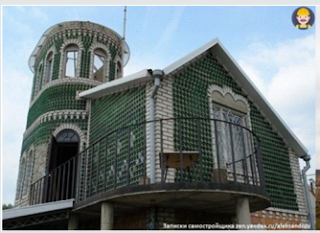Innovative Concepts in Weaving Technology by N Gokarneshan in LTTFD- Lupine Publishers.
During recent years, a good deal of research into textile structural composites has been conducted for application in defence, space and civilian areas. Because textile structural composite materials are attractive specific properties compared to those of metals. For instance, the NASA-ACT program encouraged the researcher to initiate fibre-based advanced materials, as indicated by Dow and Dexter as well as Dexter and Hasko [1,2]. The use of textiles for technical applications has been on the rise, particularly as composites for engineering purposes. Textiles can provide performance advantages, most notably in terms of high strengthweight ratios compared to metal counterparts. This is ideal for automotive applications, where reduced weight contributes to fuel efficiency and improves ease of handling in the manufacturing process. Textile composites have been defined as “the combination of Ares in system with a textile fibre, yarn or fabric system”.The use of fibre-reinforced polymer composites (FRPC) in structural components has been being attractive to many industry sectors for decades due to their high strength-to-weight and stiffness-to weight ratio as well as high resistance to environmental degradation, which potentially lead to both energy and economic benefits over metal parts [5]. In addition, mechanical properties of FRPC can be optimized for a specific application by tailoring material content as well as orientation of reinforcing fibres in the composite. These advantages, however, can only be provided with very large manufacturing cost premiums at the present. This has been restricted the use of FRPC primarily in relatively low-volume and niche applications such as aerospace or luxury vehicles. In order to support the widespread adoption of these advanced materials, technology advancements are demanded that enable cost-effective manufacture of FRPC for high-volume applications-Lupine Publishers.
For more Lupine Publishers go through the below link.
For more Journal of Textile and Fashion Designing click on below link.









